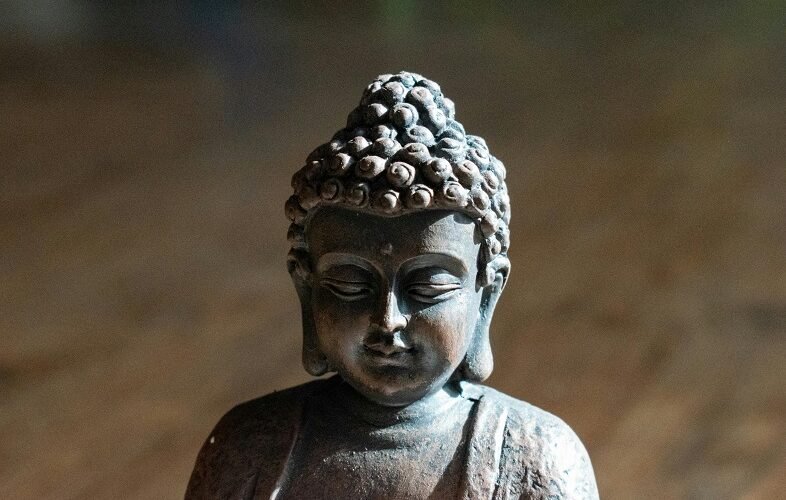By Sujata Muguda, Shreyas WebMedia Solutions
3rd June 2024: Vipassana meditation, an ancient technique from India, has been practiced for over 2,500 years. It encourages practitioners to observe their thoughts and emotions without attachment, aiming to see things as they truly are. The word ‘Vipassana’ itself means ‘to see things as they are,’ and this clarity of perception is said to lead to profound inner peace and transformative impacts on one’s life.
Rediscovered by Gotama Buddha over 2,500 years ago, the practice of Vipassana has been preserved through an unbroken chain of teachers, reaching contemporary practitioners largely through the efforts of Mr. S.N. Goenka. It is a non-sectarian technique focusing on the interconnection between mind and body, achieved through disciplined attention to physical sensations.
The Practice of Vipassana
Vipassana involves a ten-day residential course offered at various centers worldwide. During this time, participants adhere to a strict code of discipline, abstain from all forms of communication, and engage in many hours of meditation each day. This process is not just a mental exercise but also a physical and emotional journey that can lead to increased awareness, self-control, and peace.
The Impact of Vipassana on Life
Vipassana meditation is more than just a technique; it is a way of life. Those who incorporate Vipassana into their daily routine often report a decrease in stress and anxiety, an increase in satisfaction with life, and an enhanced ability to deal with the ups and downs of existence. The practice is said to work on the deepest levels of the mind-body complex, purifying the mind of impurities and resulting in a balanced mind full of love and compassion.
A key aspect of Vipassana is self-observation. By focusing on the natural breath and the sensations throughout the body, practitioners learn to understand the scientific laws that operate their thoughts, feelings, judgments, and sensations. This direct experience allows individuals to grow in understanding how they produce suffering or free themselves from it.
Vipassana Centers Worldwide
The spread of Vipassana centers across the globe is a testament to the universal appeal of this meditation practice. There are centers in Asia, North America, Latin America, Europe, Australia, New Zealand, the Middle East, and Africa, each offering ten-day courses that are central to the Vipassana practice. These centers serve as beacons of learning and transformation for individuals from all walks of life, regardless of race, religion, or background.
The courses are run solely on a donation basis, ensuring that anyone with the will to learn and practice can do so. The absence of a price tag emphasizes the non-commercial nature of Vipassana and its focus on the welfare of the individual and society as a whole.
Conclusion
Vipassana meditation provides a route to realizing one’s own and reality’s actual nature. It’s a journey that has the potential to significantly alter one’s perspective on and interactions with the world. The practice offers techniques for leading a more calm and thoughtful life, and it is both challenging and rewarding. As more people become aware of its advantages, Vipassana’s teachings continue to proliferate, offering people everywhere the chance to experience inner peace and transformation.






